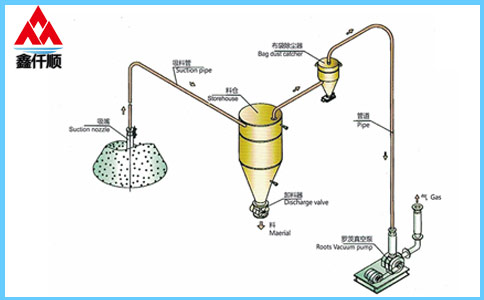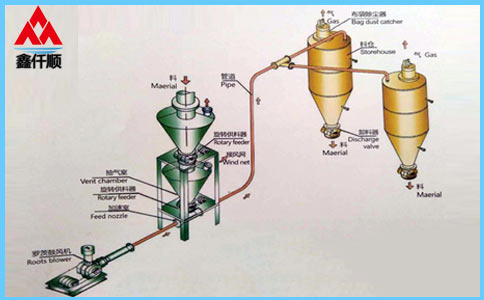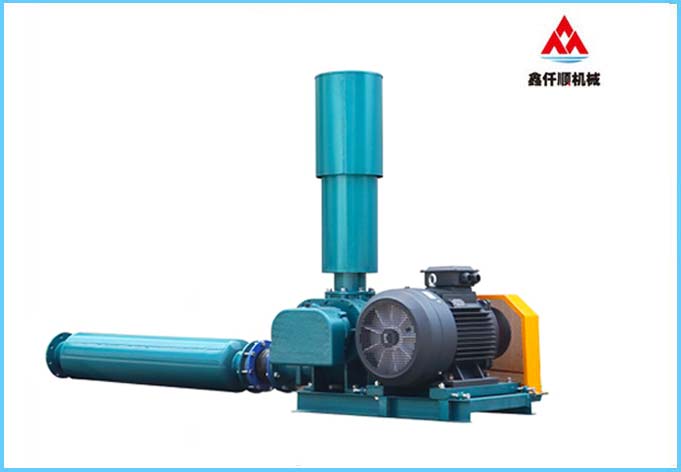Introduction to sealing principle of Roots blower and removal steps of mechanical seal
Source: Roots blower manufacturer
Published on: January 24, 2024
Hits:
Related information
-
Sharing of application skills of Roots blower in pharmaceutical industry -
Application value of Roots blower in metallurgical industry -
Prospects for the application of Roots blower in coal processing? -
Innovative application of Roots blower in printing and packaging equipment -
High efficiency operation skills of Roots blower in refrigeration system of cold storage -
Introduction to the operation principle of Roots blower in pharmaceutical cleaning equipment -
What should be paid attention to when using Roots blower to transport hydrogen? -
Roots blower is a common environmental protection equipment in sewage treatment -
Why is the hot air coming from Roots blower? -
Introduction to the small tricks of Roots blower maintenance
Xinqianshun's latest products
Random articles
-
Roots blower has the exhaust characteristics of forced ventilation: -
Working principle and structure diagram of Roots vacuum pump: -
The 3kw Roots blower for aquaculture has excellent oxygenation effect -
Maintenance of Roots blower -
Detailed introduction of 15kw Roots blower -
What is the role of Roots blower in grain pneumatic conveying? -
Roots blower shall minimize pipeline pressure loss and other pressure losses -
Solution to insufficient flow of Roots blower during operation -
Principle and structure of Roots blower with mechanical seal: -
Basic Measures for Cooling Roots Blower in High Temperature Season
Latest news articles
-
Sharing of application skills of Roots blower in pharmaceutical industry -
Application value of Roots blower in metallurgical industry -
Prospects for the application of Roots blower in coal processing? -
Innovative application of Roots blower in printing and packaging equipment -
High efficiency operation skills of Roots blower in refrigeration system of cold storage -
Introduction to the operation principle of Roots blower in pharmaceutical cleaning equipment -
Application of Roots blower in sewage treatment -
What should be paid attention to when using Roots blower to transport hydrogen? -
Roots blower should be properly and timely maintained -
Roots blower is a common environmental protection equipment in sewage treatment









